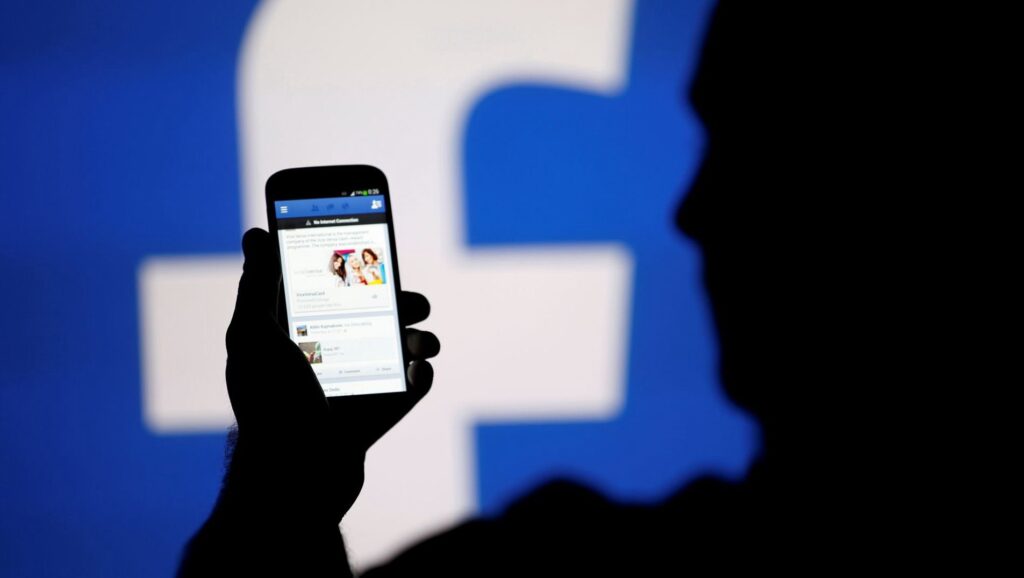In a city often shrouded in glamour, the real battles between stars often rage in the shadows. Take the rivalry between iconic actresses Joan Crawford and Bette Davis, which ignited tabloid wars in the 1930s, as a precursor to contemporary feuds like that of Blake Lively and Justin Baldoni. Their clash, stemming from the film *It Ends With Us*, has captivated audiences since it spilled into public view in late 2024.
Both actors have accused each other of running smear campaigns following allegations of harassment on set. The conflict escalated to lawsuits, shining a light on the crisis PR strategies employed to manage such messy situations. Lively has since brought on former CIA deputy chief of staff Nick Shapiro to navigate her communications, while revelations show digital manipulation is key in modern Hollywood.
Public relations in the film industry has transformed, especially as social media redefines celebrity interactions with fans. Gone are the days when PR work was hidden; today, even minor conflicts find their way online. Experts argue that what was once an orchestrated smear can now morph into "astroturfing," creating the illusion of grassroots support or dissent through fabricated personas and paid commenters.
Despite the complexity of these new tactics, some argue that audiences are growing more discerning, skeptical of the narratives pushed by PR machines. Yet, the challenge remains monumental as the public's appetite for celebrity gossip shows no signs of waning.
The lawsuits involving Lively and Baldoni may ultimately reveal much about the industry’s survival of the fittest mentality and the lengths to which stars will go to protect their images. With revelations often emerging from external sources, it's evident that behind the glitz and glamour lies a ruthless battle of narrative control – a battle unlikely to dissipate anytime soon.



















